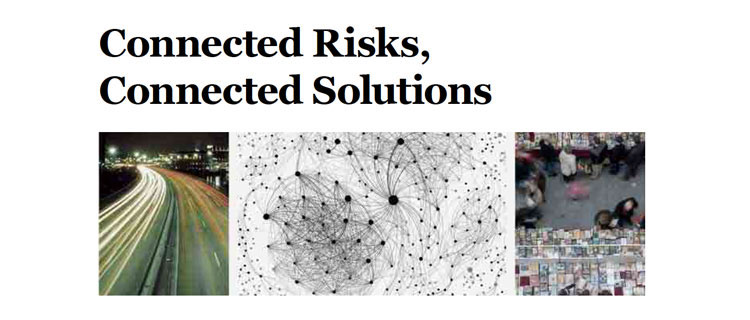Connected Risks, Connected Solutions
Summary
What are some of the best ways to address such global connected risks? Which tangible global governance pathways exist, how realistic are the existing international reform proposals, and what would they imply? These issues are explored in the newly launched report "Connected Risks, Connected Solutions?" which was recently launched during a seminar held on November 18.
The report is the result of collaboration between scholars from a broad range of disciplines in several parts of the world including Jonas Tallberg (political science, Sweden), Ellen Hey (international law, Netherlands), Arjen Boin (crisis management, Netherlands) and Frances Westley (innovation studies, Canada), amongst others.
Several researchers from Stockholm Resilience Centre contributed to the report, including lead author Victor Galaz, Diego Galafassi, Claudia Ituarte-Lima, and Per Olsson.
The report includes the following four main messages:
- Social science insights about the governance of connected global risks remain fragmented, but are complementary. - Different models of governance address different critical functions needed to govern global connected risks.
- There are several highly policy-relevant research gaps with respect to innovation, legitimacy, and adaptability in the face of non-linear change.
- Transformative changes of the governance of global environmental risks are, indeed, possible.








